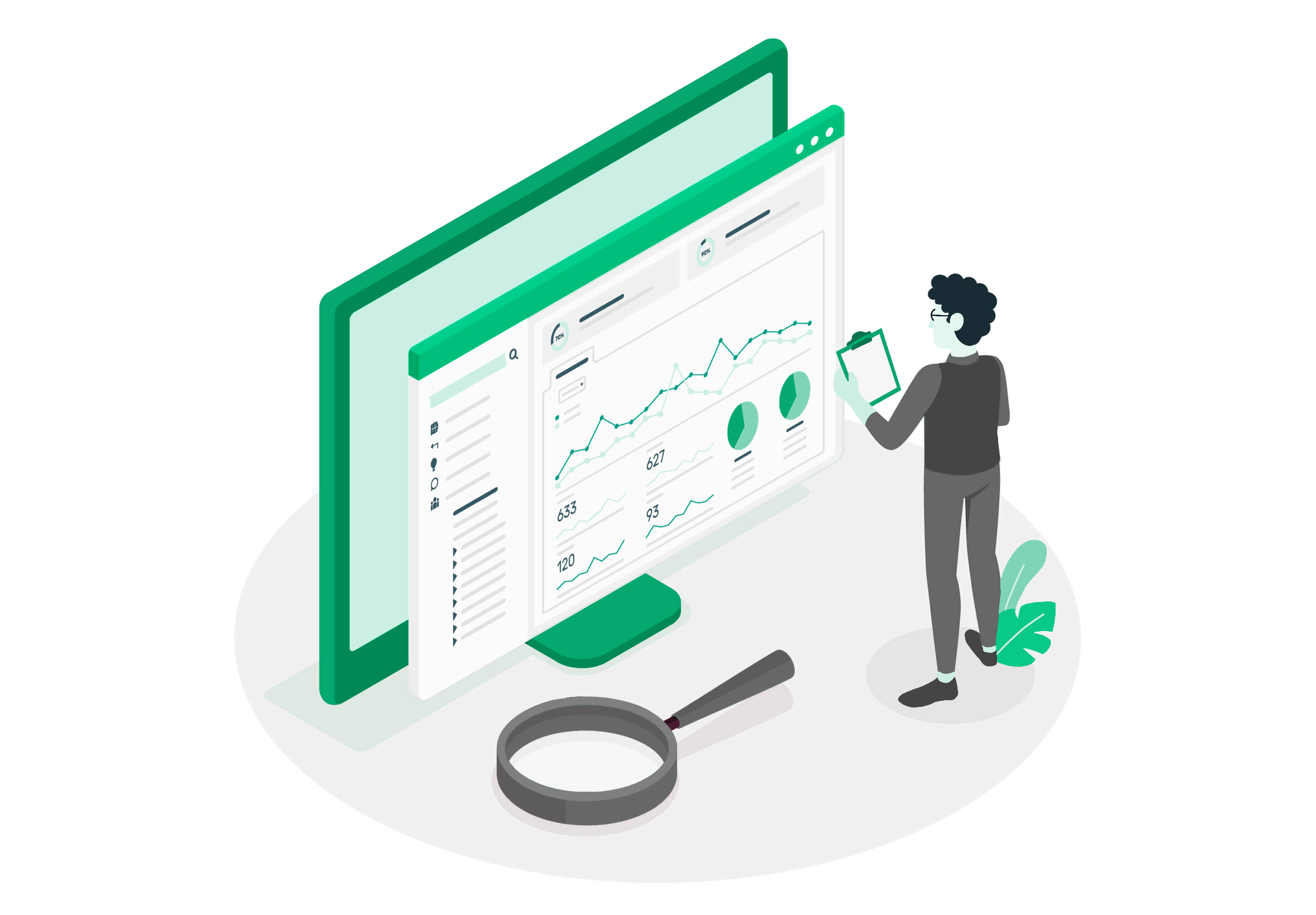
Every good product, service, and system takes planning — and it’s especially critical when you’re starting a new product line. While it can be challenging to sit down and make a robust, thorough plan in the throes of a time-sensitive and chaos-prone launch countdown, it’s a step that really pays dividends — in terms of customer satisfaction, profits, and time and headaches for future you as you build on your progress.
So how do you make a strong project plan? Read on for some of our ideas.
Start With a Deep Understanding of Your Users
Every good product is solving a material problem for a target demographic, audience, or niche. Though you certainly know the core problem you are solving, beginning with a robust understanding of your population not just as “users” but as full people with a spectrum of needs, values, and perspectives will serve as a well-tuned compass that lets you make strong, guided micro-decisions all the way through.
Every project has twists, turns, and compromises. Inevitably, features need to be cut, plans need to be tweaked, and approaches need to be revised. In the thick of a project, everything can feel mission-critical, and unexpected roadblocks may stall the project altogether. But when you truly understand your users, you have a better sense of judgment for how to pivot and react to changes. You stay attuned to what’s critically important to solve versus what you can handle later. Your decisions are rooted in a rich understanding of the ecosystem you’re playing in. It’s common for research to get cut when budgets and timelines are tight, but this can leave you without
Know Where to Trim
Anyone with a big idea has high expectations for it — we want our products to be fresh, innovative — even life-changing. And we usually want the debut to be perfect.
While high expectations are a worthy goal we respect and share, we’ve learned the conventional wisdom holds: we can’t let perfect be the enemy of the good (and done). It’s tempting to hold onto our products until they are flawless, aligning perfectly with the mental model we have in our heads. But this is often a recipe for getting stuck, and only in retrospect do you see that the time would have been better spent releasing something smaller and then iterating with real-world data.
Keep asking yourself:
- What critical problems must the product solve for now, and which can be saved for later?
- What is extremely important to get right in version one, and what can we release and tweak later on?
- What are the most important things we need to be able to tell stakeholders about the impact of our product?
- What do we most need to learn through this first release?
- Where can we leverage something that already exists as a short-term solution, and invest in building our own at a later stage?
Test the Market As You Go
While you’ll learn a great deal after launching v1 of the product, staying connected throughout the development process can do a lot to guide progress and minimize surprises. It can be challenging to come up for air during an intense build, but again, this part of planning is almost always worth the investment.
Consider ways to gauge reaction before release, such as:
- Surveys on product direction and key problems v1 will solve
- Staying up to date on Google Trends to track demand for your product
- Focus groups on product prototypes
- Creating a “coming soon” landing page on your website to get pre-launch feedback and study interest/engagement
Formalize Your v2 Roadmap
In the busy time before launch, it’s common to offhandedly comment on what you’ll address in a later version of the product. But because it’s not the priority right now, these ideas are often stored very informally as you focus on the immediate task at hand. Then, several intense months later after you finally come up for air to focus on v2, you’re stuck trying to remember and collect all these ideas, only some of which were written down.
Creating — and socializing — a product roadmap sheet while you’re hard at work building v1 can really do you favors down the road. The key is to make it very easy to add to — consider a slot for the idea (e.g. “social network companion to the app”), a slot for the rationale behind the idea (e.g. “4 of our interviewees expressed a desire to…”), and the expected impact (e.g. “would expect to boost engagement and the number of referral”).
While of course, your actual roadmap will involve layers of processing as you consider things like the most important metrics to impact the short-term or the feasibility of each solution, having a list to go off of can help you not reinvent the wheel as you build on your progress, and also store ideas when they are fresh and directly connected to user/market feedback. A roadmap can also be good for team morale — if ideas they had that couldn’t be implemented in v1, or if concepts they invested in but got cut for the initial release, these ideas are not lost forever. It lets your team dream and invest in the product’s future without jeopardizing the short-term release.
Socialize the Planning to Maximize Your Team
A well-thought-out product plan can also have a significant impact on your team’s morale and effectiveness. The more people know what’s ahead and the steps that need to be done to get there, the more they can contextualize their role in the wider ecosystem and identify the skills and experience they’ll need to bring to the equation. You get better, more relevant work, you get ideas from them that you may not have considered on your own, and you also get more engaged designers that are aware of the impact of what they are doing. And the more you pull back the curtain on your planning process, the better set up these designers will be to lead their own projects in the future.
While there’s a time and place for “scrappy” in the product development process, we don’t recommend that the planning phase falls into that camp. With a careful, well-thought-out plan, you’ll have a better compass to guide with as you decide where to be scrappy and quick, and where to hone in so that the market loves v1 enough to clamor for your next release.
Want to learn how Grand Studio can help with your next project and build clarity out of complexity?
We’re here to help!
